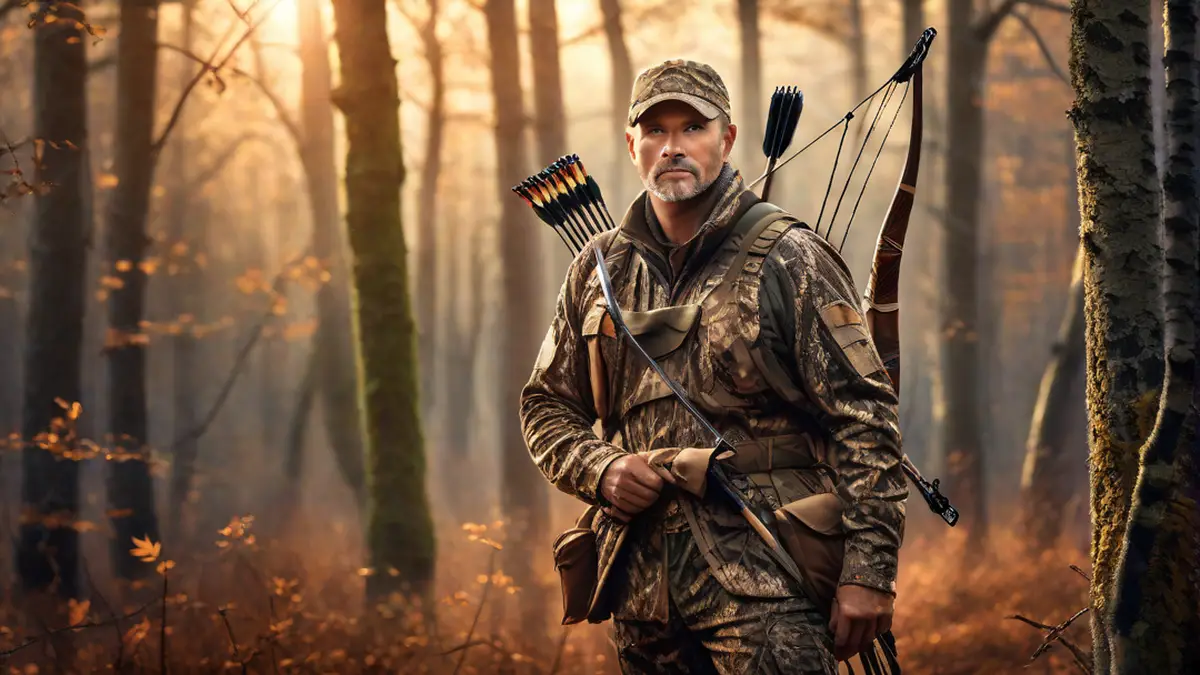When it comes to hunting, the choice of a bow plays a crucial role in determining your success. As an avid hunter myself, I’ve had my fair share of experiences with different bows, and I can confidently say that finding the right bow can make all the difference in the world. In this article, I will share my personal insights and recommendations on what makes a good bow for hunting.
First and foremost, it’s important to understand that there isn’t a one-size-fits-all solution when it comes to choosing a bow for hunting. It largely depends on your individual preferences, shooting style, and the type of game you’ll be hunting. However, there are a few key factors that you should consider before making your decision.
Draw Weight and Length
The draw weight and length of a bow are two critical factors that determine its power and accuracy. As a general rule of thumb, you should choose a draw weight that you can comfortably handle without sacrificing accuracy. A good starting point for beginners is around 40-50 pounds, while more experienced hunters may opt for a higher draw weight.
Similarly, the draw length should be adjusted to match your own physique. A bow with a draw length that is too short or too long can lead to inconsistent shooting and reduced accuracy. To determine your ideal draw length, consult with a professional or try different bows to find what feels most comfortable to you.
Bow Type
There are various types of bows available on the market, each with its own advantages and disadvantages. The most common types include compound bows, recurve bows, and longbows.
Compound bows are widely popular among hunters due to their high accuracy and power. They are equipped with a system of pulleys and cables, which allow for a smooth draw and release. Compound bows also have adjustable draw weights and lengths, making them suitable for hunters of all skill levels.
Recurve bows, on the other hand, have a more traditional design with limbs that curve away from the shooter. They require more skill to shoot accurately but offer a greater sense of accomplishment. Recurve bows are often favored by hunters who value the challenge and authenticity of traditional archery.
Longbows, as the name suggests, are the oldest type of bow used in hunting. They have a simple design and consist of a single piece of wood. Longbows require a high level of skill and practice to master, but they offer a unique shooting experience for those seeking a more traditional approach.
Accessories
Choosing the right accessories for your bow can greatly enhance your hunting experience. A few essential accessories to consider include a bow sight, arrow rest, stabilizer, and release aid. These accessories can improve your accuracy, stability, and overall shooting performance.
Additionally, don’t forget about arrows. Selecting the right arrows is just as important as choosing the right bow. Consider factors such as arrow length, weight, and material when making your selection. Consult with a knowledgeable archery shop or experienced hunters to ensure you choose the right arrows for your bow.
Conclusion
In conclusion, finding a good bow for hunting requires careful consideration of several key factors such as draw weight, draw length, bow type, and accessories. Ultimately, the best bow for you is the one that feels comfortable and suits your shooting style. Remember, practice makes perfect, so invest time in mastering your chosen bow and honing your archery skills. Happy hunting!
